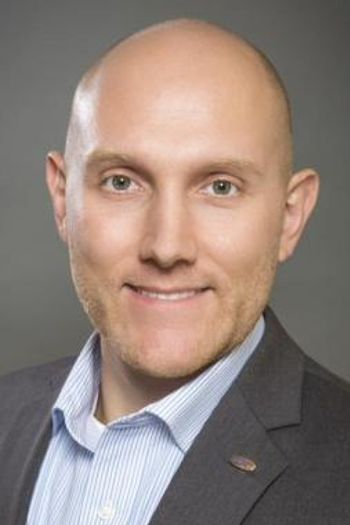
Master your revenue cycle

The reality post-COVID requires new strategies.
The COVID-19 pandemic put many practices in financial distress because of dropping patient volumes, but poor revenue cycle management practices exacerbated the problem. These challenges illustrate how RCM must be quick and efficient for a practice to survive and thrive.
Matt Seefeld, executive vice president and head of revenue cycle for MedEvolve, spoke at the Medical Group Management Association Medical Practice Excellence Pathways Conference about what every practice needs to be doing to master its RCM.
Here are the keys:
Newsletter
Stay informed and empowered with Medical Economics enewsletter, delivering expert insights, financial strategies, practice management tips and technology trends — tailored for today’s physicians.








